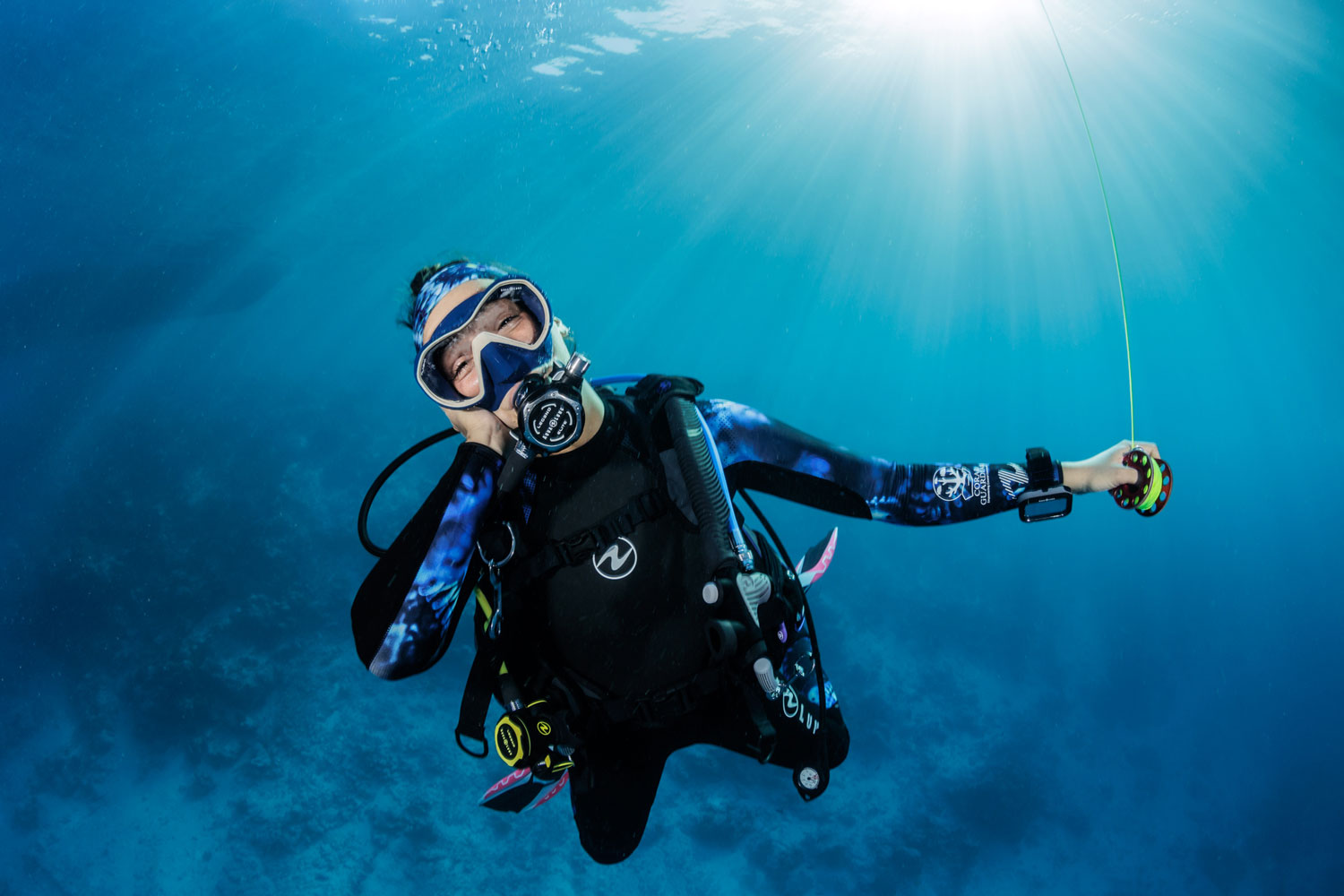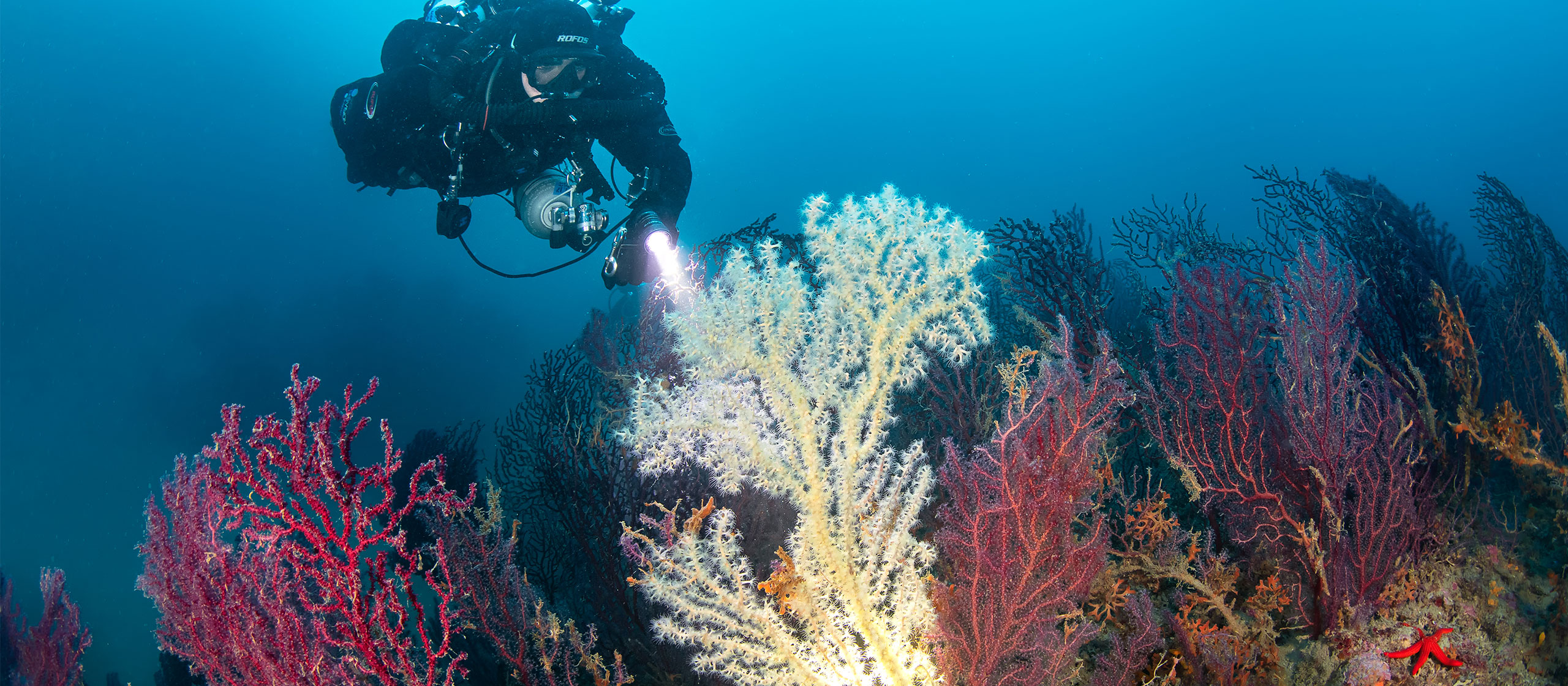Features
Understanding Diving Accidents: the Annual Report
Accidents can occur in any human activity. In an office, an improperly secured shelf may be the lone fatal hazard. In diving, potential dangers lurk in multiple areas. From equipment to diving technique, from tank filling stations to boat ladders, the areas we have to monitor for our diving safety are numerous.
The DAN Annual Diving Report was not compiled as a record of our sins, but to remind us that danger exists, and to refine the tools that help us avoid accidents as much as humanly possible.
“While there is no way to entirely eliminate risk while diving, safe practices can mitigate it greatly. And for this reason, they are essential. Part of using safe practices effectively is knowing when, where, and how to implement them.”
These are the opening lines of DAN President and CEO William Ziefle’s foreword to the 2020 DAN Annual Diving Report.
As divers, we know that our activity is relatively safe when compared to many others, especially those involving the use of the equipment or conducted in environments other than our normal human habitat.
We also know that zero risk is a utopian concept. What is not utopian, however, is the path toward risk mitigation. Indeed, the purpose of this survey is to identify areas that we should pay more attention to in order to direct divers toward increasingly safe practices.
This is a task that sometimes makes researchers feel as if they are looking through a planktonic fog. Not all diving incidents are reported, and data are often scattered across different archives, in different countries. In some areas, only emergency calls to DAN have been taken into account. In others, multiple channels were sourced, ranging from Google Alerts to police and coast guard notices. Unlike civil aviation, the world of diving has no unified database that includes all accident reports.

Exploring the gray areas
The authors of the report identified 189 fatal cases worldwide that are directly related to diving in 2018. Of these, 100 cases occurred in recreational and technical diving*, 59 in freediving, 13 in commercial diving, 12 within public safety diving (firefighters, police, civil protection rescuers), 1 case among the military. In 4 cases, the area of activity could not be determined.
While it is relatively easy to trace the causes of non-fatal accidents, fatal accidents often lack testimonies and coroner’s reports. Data is lacking for a variety of reasons, ranging from privacy issues to the length of time of forensic investigations, to local authority regulations. Sometimes the victim is the only witness. And sometimes the testimony of the dive buddy is unreliable.
On this, I would offer a brief parenthesis aimed at the community, especially professionals: How many times, when talking about the circumstances of accidents with serious consequences, have we heard of disappearing dive computers, or of surviving divers telling of companions who vanished from sight in a heartbeat?
Shock certainly plays a role, but so do shame and fear of consequences. The problem of unreliable witnesses is so old that it is well documented throughout history. Although the practices of the Holy Inquisition have become a legacy of the past, the fear of consequences, whether judicial or moral, still persists.
Divers who failed to prevent a buddy’s accident might even try to erase the very memory of their inaction from their consciousness. And while historians admit that many facts and aspects of life in the past are blurred, in diving, many efforts to improve diving safety are too. This should not be taken as a criticism, but rather as a recognition of bias, so that we adjust our scientific inquiry accordingly.

Building a clearer picture
Numbers, even if biased or collected following inconsistent methodologies, always end up looking alike. It happened with climate studies, too, when a Berkeley professor raised the issue of potential bias on urban heat islands and the quality of data provided by monitoring stations. A massive citizen-science effort of data collection has begun. Analysis of newly collected data confirmed that the planet is indeed warming, and that it is warming in the ways suggested by previous studies.
Whether reliable or not, buddies’ testimonies mostly concern diving procedural compliance. In other areas data are more trustworthy and numbers consistent, especially those related to age and disease. Not surprisingly, the proximate cause of death in diving is almost always drowning. The more interesting question, which the report seeks to investigate, is what ultimately caused the drowning. The leading cause is cardiac arrest, supported by clinical reports of comorbidities such as hypertension, atherosclerosis, cardiomegaly, asthma, obesity, and, though it’s rarely talked about with divers—drugs or drug use. The age most at risk in diving, similar to the age for heart attack risk, seems to be the 50-59’s age group. Older people are at more risk compared to divers under 30.
Here a question arises: Are older divers having more accidents, or is the population of divers simply aging? One thing is certain: Recreational diving and freediving, the areas where 84 percent of fatal accidents occur, are activities practiced mainly in countries with advanced economies where the average age is very high. This makes lack of generational turnover one possible answer.

Maps and routes
Calls to DAN Europe from different areas of the world, reporting accidents ranging from barotrauma to decompression sickness, reflect the distribution of European divers in their respective geographic locations of activity. Overlaying DAN Europe’s data with other available data, it does not appear that some diving destinations are more dangerous than others, nor does it suggest aging by itself puts divers at risk. The data instead suggests there are age groups and destinations with more divers. Every scientific investigation, while seeking the answers, in its path runs into new questions.
Does the percentage of male and female accident victims reflect the percentage among male and female divers? In what cases do women have more accidents than men and vice versa? As the search for answers stimulates other questions, the utopian journey to zero accidents leads to solutions for greater safety. According to the report, at least among citizens in the United States and Canada, accidents have significantly decreased from the previous ten-year average.
In physics, absolute zero is a purely theoretical temperature. Nonetheless, current technology like hydrogen-based cryogenics, has come within a handful of degrees of the theoretical absolute zero. The Diving Annual Report is a map that represents one lap of the journey, a panorama, if you will. A panorama we will continue to linger on and hopefully learn from.
*Starting in 2023 the DAN diving reports will categorize divers as: open circuit recreational, open circuit technical, cave diving and rebreather diving.
About the author
DAN Member since 1997, Claudio Di Manao is a PADI and IANTD diving instructor. He’s the author of a series of books and novels about diving, including Shamandura Generation, an exhilarating portrait of Sharm el Sheikh’s diving community. He collaborates with magazines, radios and newspapers, talking and writing about diving safety, marine life and travels.

